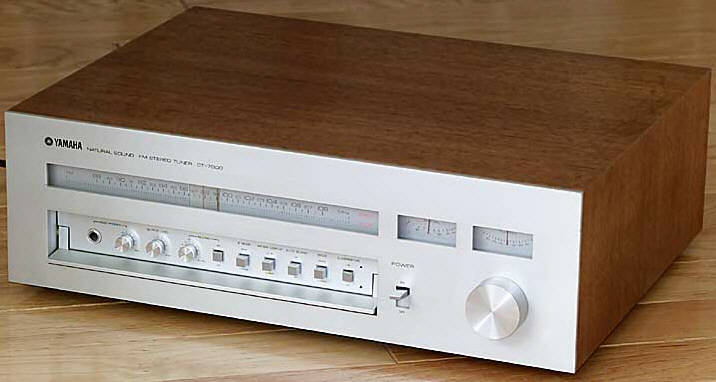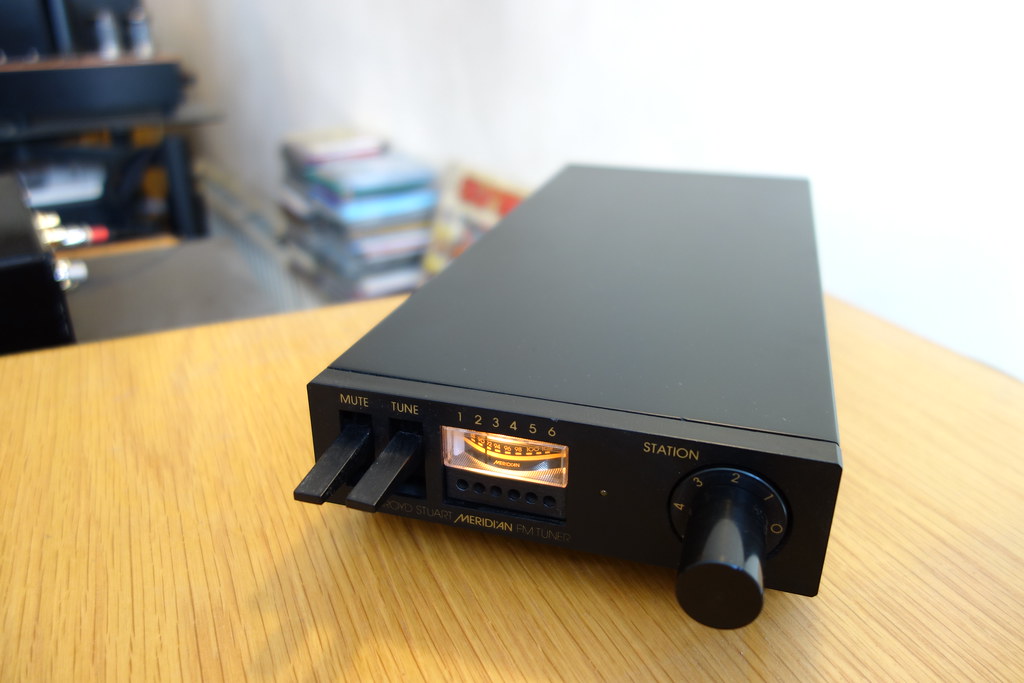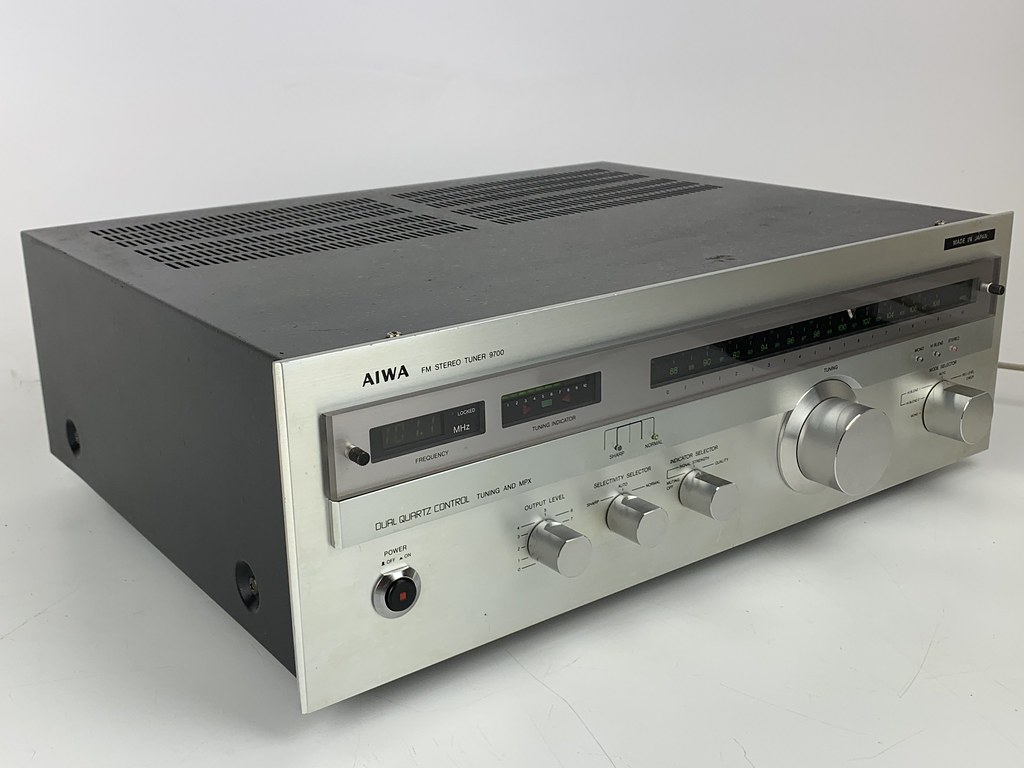In the grand scheme of things, this tuner is famed for its superior design and ergonomics. It features classic aesthetics that Yamaha has lately reintroduced for their hi-fi separates; only a small patina of age on a CT-7000 indicates that it was designed in 1973 rather than 2013. It’s regular size at 436x144x352mm, but it’s incredibly heavy at 13kg and flawlessly screwed together.
When you peek inside, you’ll see why it’s only a few pounds — there’s very little exposed air, thanks to Yamaha’s use of separate circuit boards for each level, all painstakingly insulated and with high-quality wiring and passive componentry. A 7-gang tuning capacitor, 7 IF filters, mixing ceramic and LC kinds, and a discrete MPX decoder are all included in the circuit design. There’s a signal meter that doubles as a multipath display, and the switchable muting circuit has an adjustable threshold. An oscilloscope can even use the multipath outputs on the back panel!
The tuner is built like a Swiss bank vault, and it operates with precision, readily grabs stations, and sounds great. It makes other tuners seem unnatural and harsh, or plasticky and synthetic; you’re more struck by how terrible most FM tuners are than by how good it sounds. The stereo sound staging is wide and deep, with plenty of detail sprinkled throughout, and a delightfully full, deep tone that makes nearly all modern FM tuners sound scratchy and thin. It’s a nice thing to hear, and it should be given the fact that it cost about £500 in 1974! The only drawback is that it’s fairly insensitive by today’s standards, but you’d have to reward a tuner like this with a multi-element roof-mounted FM aerial anyway!







